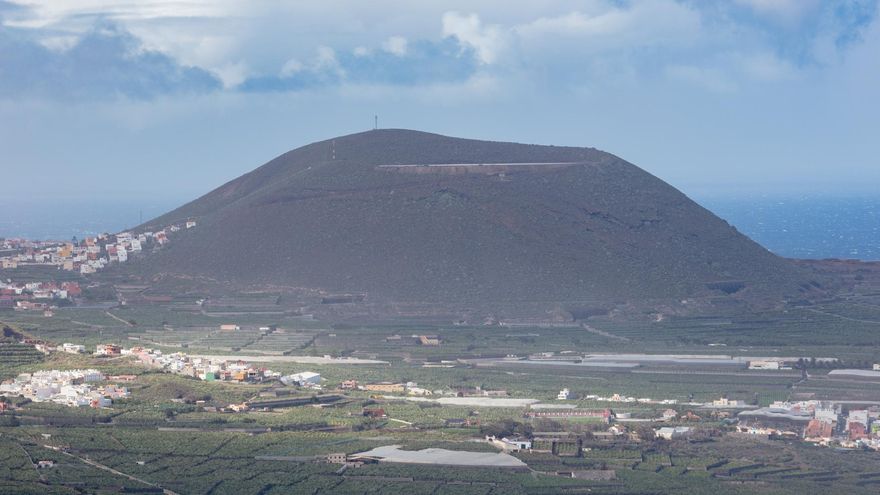Tenerife’s Hidden Danger: The TF-66 Road
While Tenerife’s traffic debates often focus on the TF-1 and TF-5 highways, a lesser-known road has unexpectedly claimed a spot among Spain’s most dangerous routes. The TF-66 between kilometers 1 and 9 near Guaza (Arona) ranks as the country’s third riskiest stretch for overtaking on conventional roads, according to a 2013–2022 study by the Línea Directa Foundation. Published in September 2024, the research analyzed all overtaking-related accidents with casualties on non-highway roads over the past decade.
Spain’s Riskiest Roads Revealed
The study places Zaragoza’s N-232 (km 204–221) and Huesca’s N-230 (km 135–139) ahead of Tenerife’s TF-66 in the national ranking. The Canary Island’s notorious 8-kilometer section recorded 6 accidents with casualties during the study period: 3 fatalities, 7 serious injuries, and 2 minor injuries. Overtaking remains one of the deadliest maneuvers on conventional roads, though fatalities decreased by 8.5% after Spain eliminated the +20 km/h overtaking margin in 2022—despite ongoing public resistance to the change.
Safety Improvements and Ongoing Risks
In late 2023, Tenerife’s local government implemented safety upgrades along the TF-66’s Guaza section as part of island-wide road maintenance. While these changes weren’t reflected in the study (which closed in 2022), they represent institutional efforts to address the problem. The TF-66 combines limited visibility sections with heavy local traffic pressure—a hazardous mix that demands extra caution.
Expert Advice for Safer Driving
Road safety specialists emphasize three critical rules for conventional roads: obey lane markings, avoid overtaking on blind curves or hills, and adjust speed to actual conditions. The report also highlights improved signage and increased police patrols as effective measures to reduce accidents. For drivers exploring Tenerife’s scenic routes, these precautions could mean the difference between a memorable journey and a tragic statistic.

